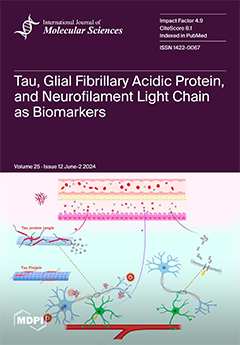The NDPK gene family is an important group of genes in plants, playing a crucial role in regulating energy metabolism, growth, and differentiation, cell signal transduction, and response to abiotic stress. However, our understanding of the NDPK gene family in
Brassica napus L.
[...] Read more.
The NDPK gene family is an important group of genes in plants, playing a crucial role in regulating energy metabolism, growth, and differentiation, cell signal transduction, and response to abiotic stress. However, our understanding of the NDPK gene family in
Brassica napus L. remains limited. This paper systematically analyzes the NDPK gene family in
B.
napus, particularly focusing on the evolutionary differences within the species. In this study, sixteen, nine, and eight
NDPK genes were identified in
B.
napus and its diploid ancestors, respectively. These genes are not only homologous but also highly similar in their chromosomal locations. Phylogenetic analysis showed that the identified NDPK proteins were divided into four clades, each containing unique motif sequences, with most
NDPKs experiencing a loss of introns/exons during evolution. Collinearity analysis revealed that the
NDPK genes underwent whole-genome duplication (WGD) events, resulting in duplicate copies, and most of these duplicate genes were subjected to purifying selection. Cis-acting element analysis identified in the promoters of most
NDPK genes elements related to a light response, methyl jasmonate response, and abscisic acid response, especially with an increased number of abscisic acid response elements in
B.
napus. RNA-Seq results indicated that
NDPK genes in
B.
napus exhibited different expression patterns across various tissues. Further analysis through qRT-PCR revealed that
BnNDPK genes responded significantly to stress conditions such as salt, drought, and methyl jasmonate. This study enhances our understanding of the NDPK gene family in
B.
napus, providing a preliminary theoretical basis for the functional study of
NDPK genes and offering some references for further revealing the phenomenon of polyploidization in plants.
Full article






